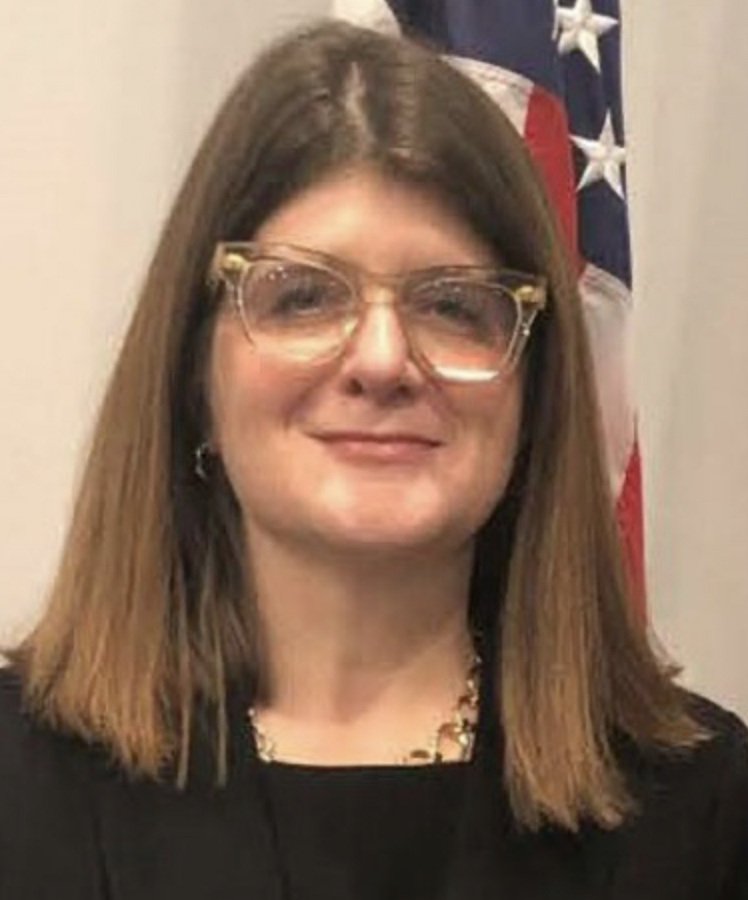
 Like many states, New York has a Certificate of Need (CON) process intended to guarantee that any new healthcare facilities provide the highest quality care possible and meet the needs of the communities they serve. Unfortunately, New York’s CON is decades old and is now under scrutiny for a glaring loophole already beginning to be exploited by private interests.
Like many states, New York has a Certificate of Need (CON) process intended to guarantee that any new healthcare facilities provide the highest quality care possible and meet the needs of the communities they serve. Unfortunately, New York’s CON is decades old and is now under scrutiny for a glaring loophole already beginning to be exploited by private interests.
The CON, first established in the 1970s, fails to properly classify for-profit takeovers of nonprofit healthcare providers as what they truly are, entirely new entities. This has created an opening for private equity and for-profit interests to infiltrate essential healthcare sectors, including hospice care, without having to follow the rigid guidelines the CON is meant to impose on new providers. Many of these private entities also have complex ownership structures that make it extremely difficult for regulators to assess the long-term implications of ownership changes, especially when it comes to preserving community-focused care. What was once a strict protective measure has turned into little more than a procedural rubber stamp that prioritizes financial viability over long-term mission alignment.
This is extremely problematic as studies, including a new study just released this month, continually show that for-profit hospice and long-term care providers often prioritize cost-cutting measures, including reduced services, less individualized attention, and staff layoffs, over high quality care. These cost cutting measures, which many patients may not even realize are taking place, do not just impact those receiving hospice from for profit facilities. They make it harder and harder for nonprofit providers, who operate on much tighter margins, to remain competitive, destabilizing the entire local healthcare system and reducing the amount of high quality hospice care available to all New Yorkers.
